Exploring the rich tapestry of human culture reveals a fascinating array of traditions that have been passed down through generations. From vibrant festivals to unique rituals, these cultural practices showcase the diversity and creativity of communities across the globe. Join us on a journey to discover some of the most interesting and cherished cultural traditions from around the world, each offering a glimpse into the values, beliefs, and histories that shape our shared human experience.
Holi – India
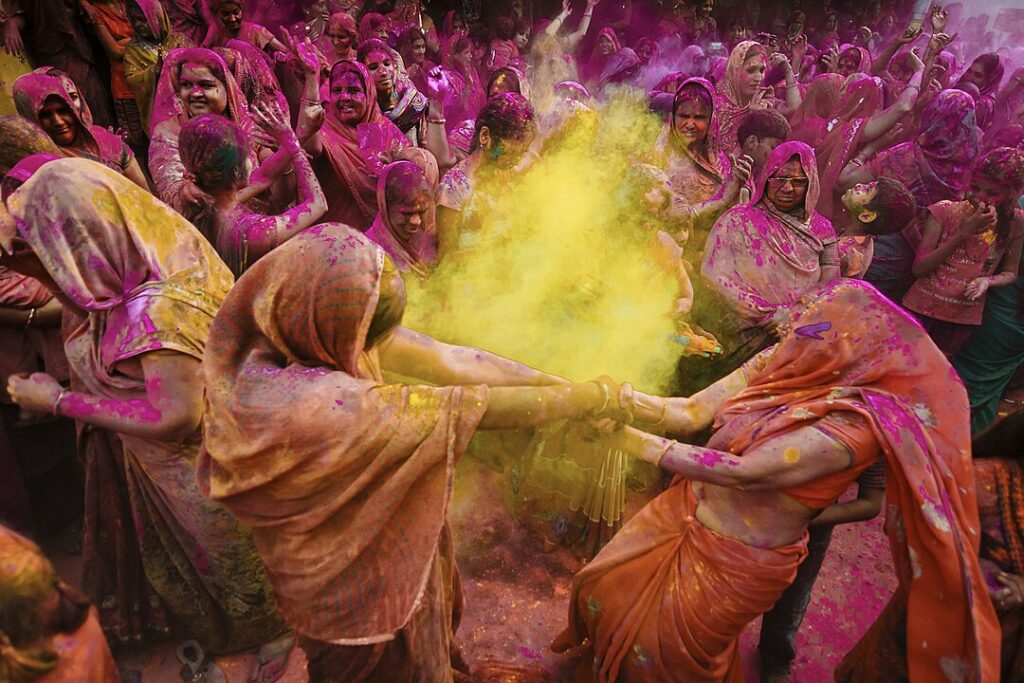
Holi, also known as the Festival of Colors, is a vibrant and joyous celebration that marks the arrival of spring in India. Participants throw colored powders and water at each other, symbolizing the victory of good over evil and the arrival of a new season. The festival also includes singing, dancing, and festive foods, fostering a sense of community and renewal.
Day of the Dead – Mexico
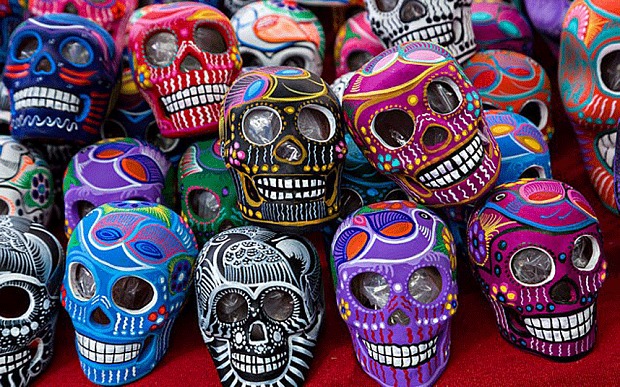
Dia de los Muertos, or the Day of the Dead, is a Mexican tradition that honors deceased loved ones. Celebrated on November 1st and 2nd, families create altars adorned with photos, marigolds, and favorite foods of the departed. The holiday blends indigenous practices with Catholicism, reflecting Mexico’s rich cultural heritage and emphasizing the importance of remembering and celebrating life.
Cherry Blossom Festival – Japan
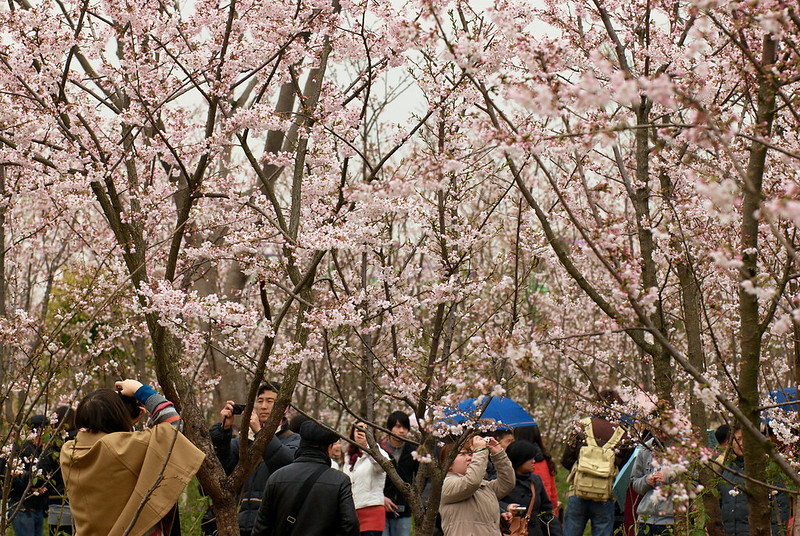
Hanami, or the Cherry Blossom Festival, is a cherished Japanese tradition where people gather under blooming cherry trees to appreciate their fleeting beauty. This festival, which typically takes place in late March to early April, symbolizes the transient nature of life. Families and friends enjoy picnics, poetry, and music under the blossoms, celebrating nature’s beauty and renewal.
Carnival – Brazil
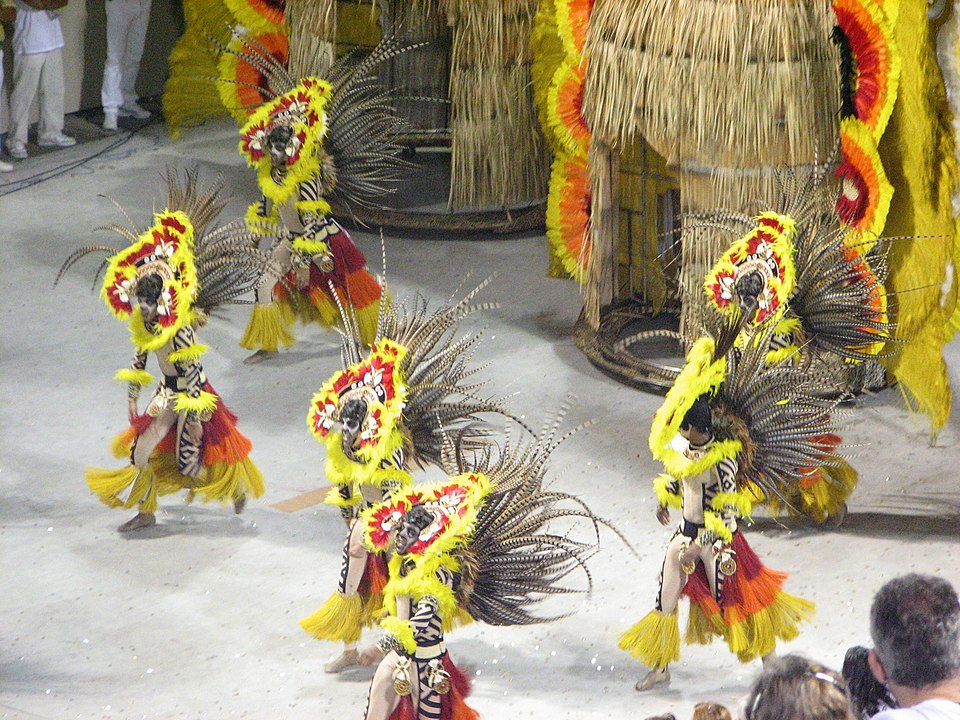
Carnival in Brazil is a world-famous event characterized by extravagant parades, samba music, and vibrant costumes. Held before Lent, this tradition showcases Brazil’s diverse cultural influences, including African, Indigenous, and Portuguese elements. Rio de Janeiro’s Carnival is particularly renowned, drawing millions of visitors who come to experience the energetic and colorful celebration.
Thanksgiving – United States
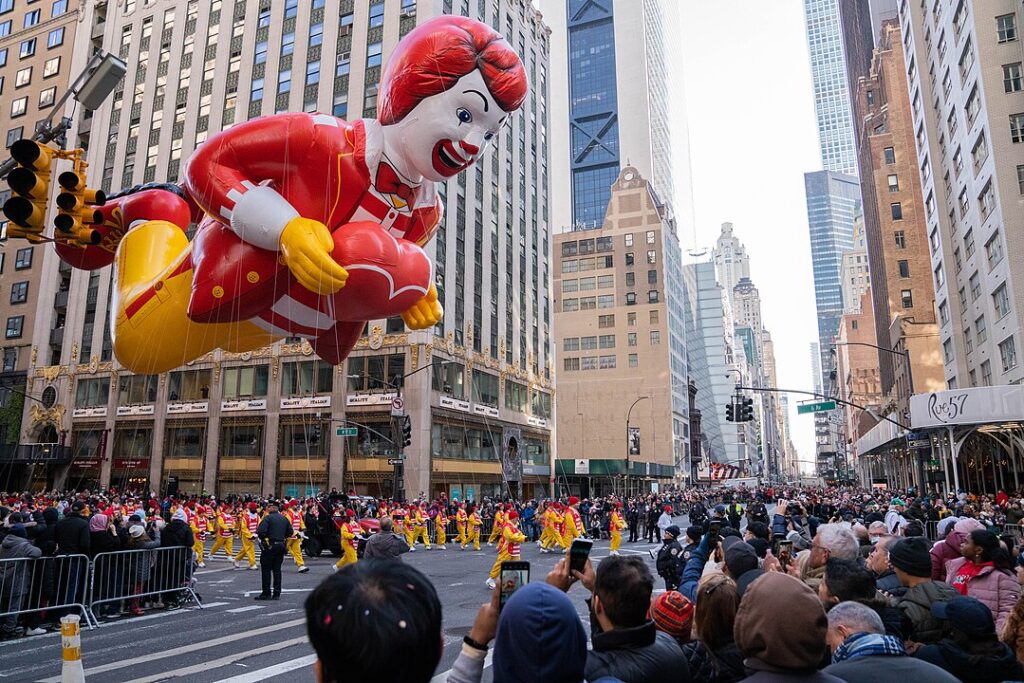
Thanksgiving is a major American holiday celebrated on the fourth Thursday of November. It commemorates the 1621 harvest feast shared by the Pilgrims and the Wampanoag people. Families gather to enjoy a meal featuring turkey, stuffing, and pumpkin pie, expressing gratitude for the year’s blessings. The tradition underscores themes of togetherness, gratitude, and the importance of family.
La Tomatina – Spain
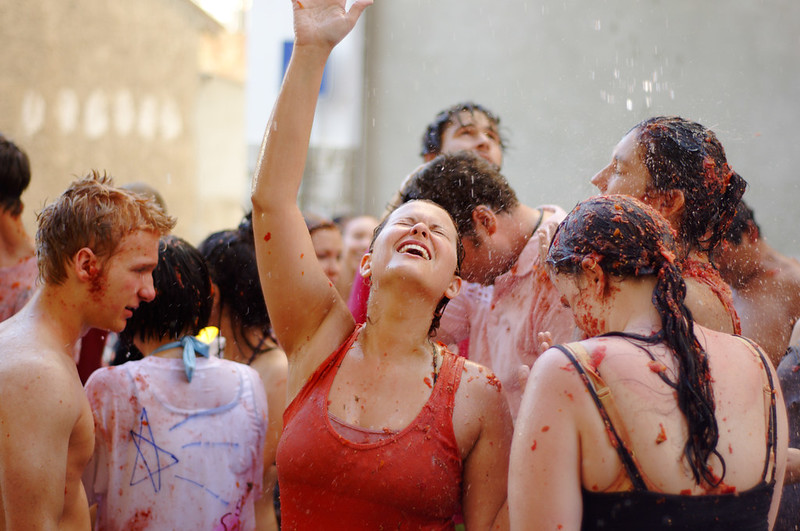
La Tomatina is an annual festival held in Buñol, Spain, where participants engage in a massive tomato fight. Held on the last Wednesday of August, the event involves throwing overripe tomatoes at each other in a playful, chaotic atmosphere. The tradition started in 1945 and has since become a popular attraction, symbolizing fun, community, and the joy of letting loose.
Oktoberfest – Germany
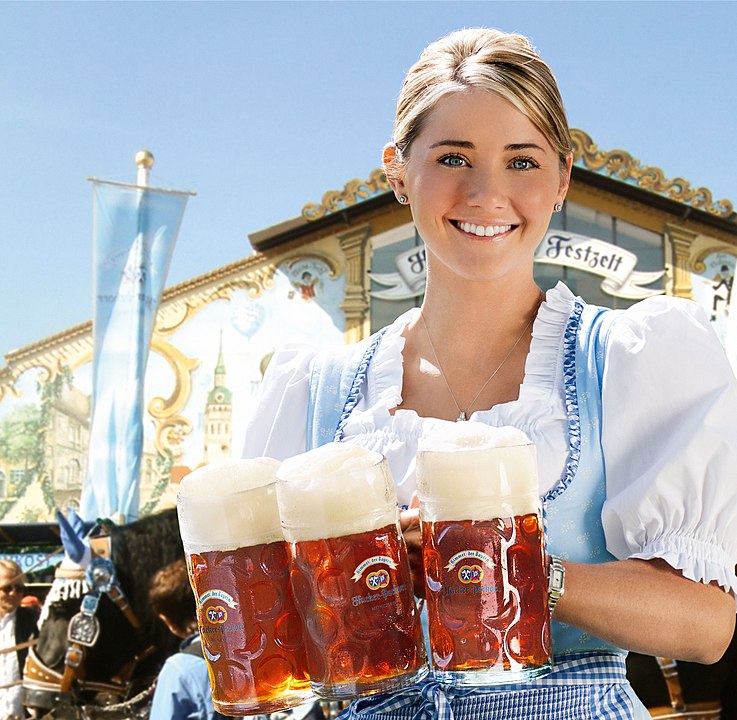
Oktoberfest, originating in Munich, Germany, is the world’s largest beer festival. Held from late September to the first weekend in October, it celebrates Bavarian culture with traditional music, dancing, and hearty foods like pretzels and sausages. Visitors don lederhosen and dirndls, enhancing the festive spirit. The event highlights Germany’s brewing heritage and communal joy.
Diwali – India
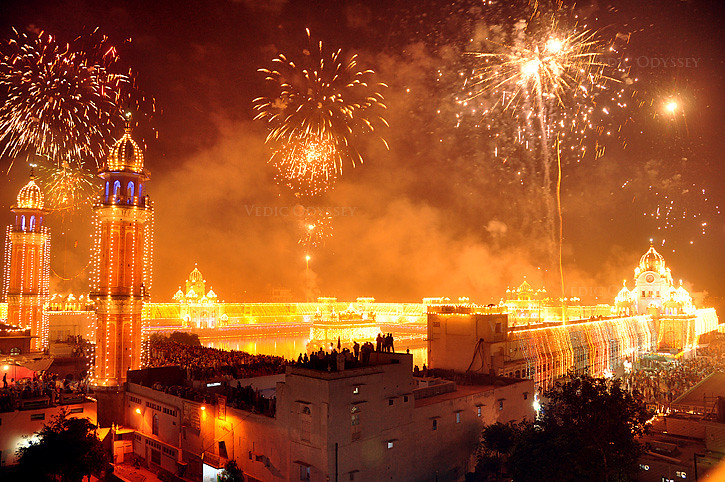
Diwali, the Festival of Lights, is one of India’s most important holidays, celebrated by Hindus, Sikhs, and Jains. It signifies the victory of light over darkness and good over evil. Families light oil lamps, decorate their homes, and enjoy fireworks and feasts. The festival promotes themes of hope, renewal, and the triumph of righteousness.
Up Helly Aa – Scotland
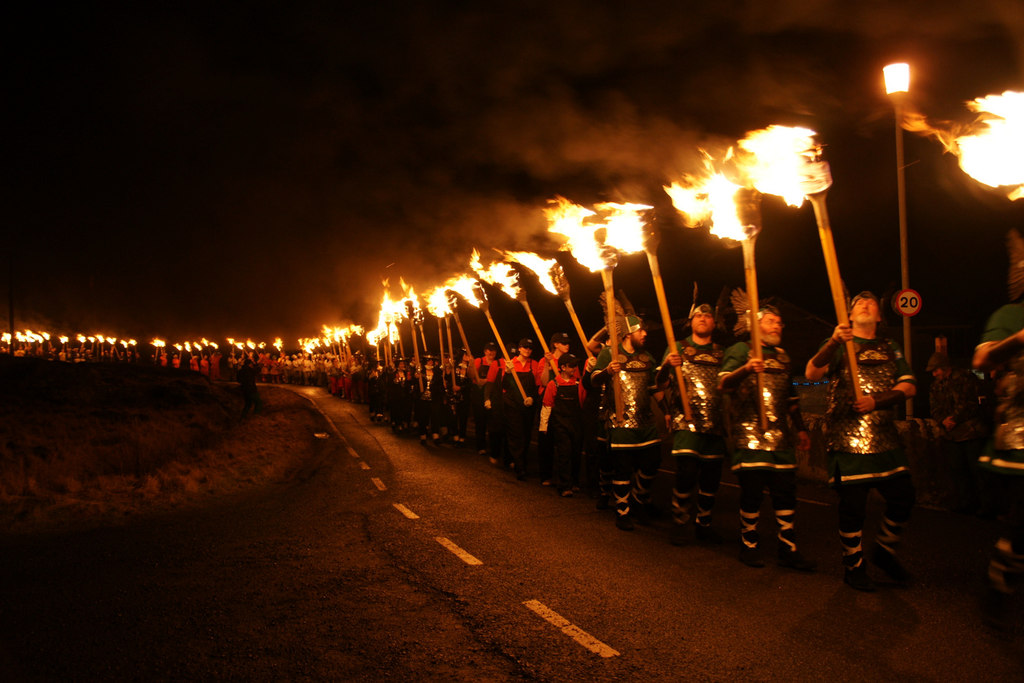
Up Helly Aa is a fire festival held in Lerwick, Shetland, Scotland, to mark the end of the Yule season. Participants dress as Vikings and parade through the streets, culminating in the burning of a Viking longship. The event, celebrated on the last Tuesday of January, showcases Shetland’s Norse heritage and emphasizes community spirit and historical pride.
Chinese New Year – China
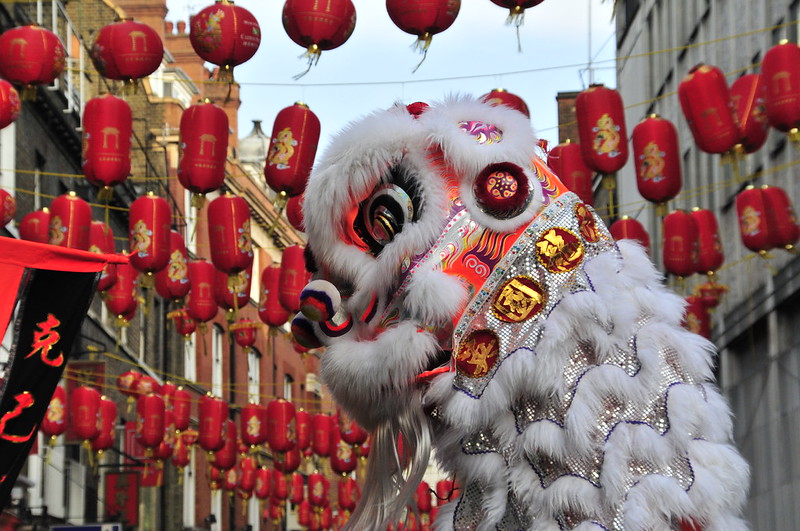
Chinese New Year, also known as the Spring Festival, is the most important holiday in China. It marks the beginning of the lunar new year, with celebrations lasting for 15 days. Traditions include family reunions, feasting, lion dances, and fireworks. Red decorations symbolize good luck and ward off evil spirits, highlighting themes of renewal, prosperity, and family.
Mardi Gras – United States
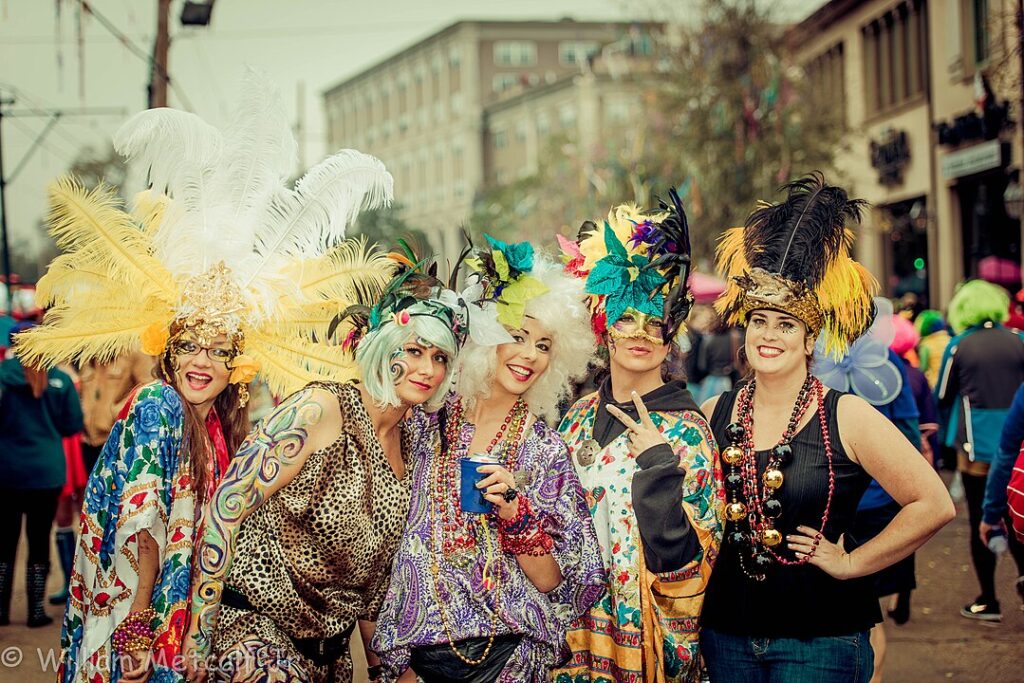
Mardi Gras, or Fat Tuesday, is a lively celebration in New Orleans, Louisiana, marking the day before Lent. Known for its elaborate parades, bead-throwing, and masquerade balls, the festival has deep roots in French Catholic tradition. The festivities reflect New Orleans’ rich cultural tapestry and the joyous spirit of indulgence before the austerity of Lent.
Bastille Day – France
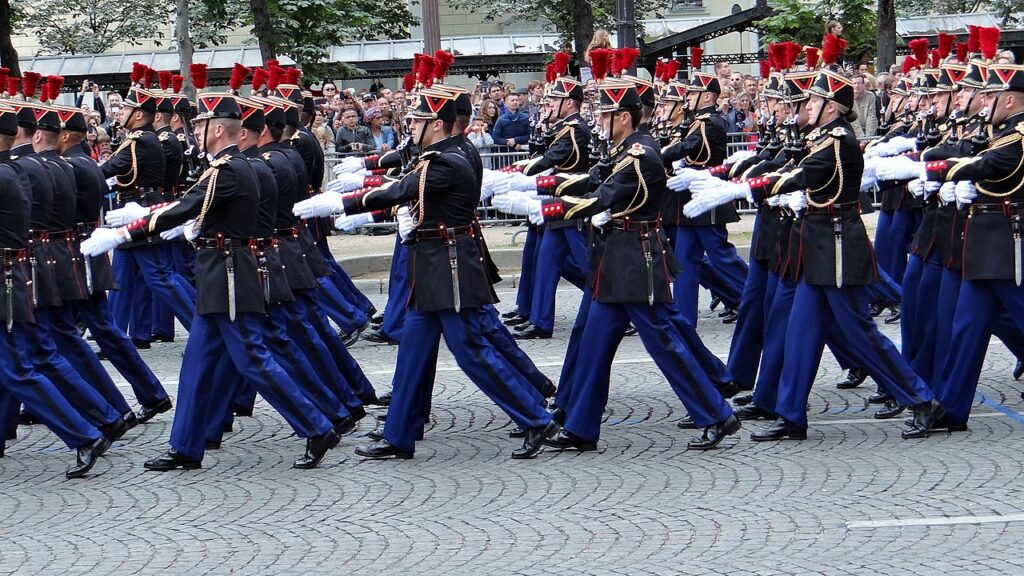
Bastille Day, celebrated on July 14th, commemorates the French Revolution and the storming of the Bastille prison in 1789. It symbolizes the fight for liberty, equality, and fraternity. The day is marked with parades, fireworks, parties, and patriotic displays. The largest celebration takes place in Paris, with a grand military parade on the Champs-Élysées.
Songkran – Thailand
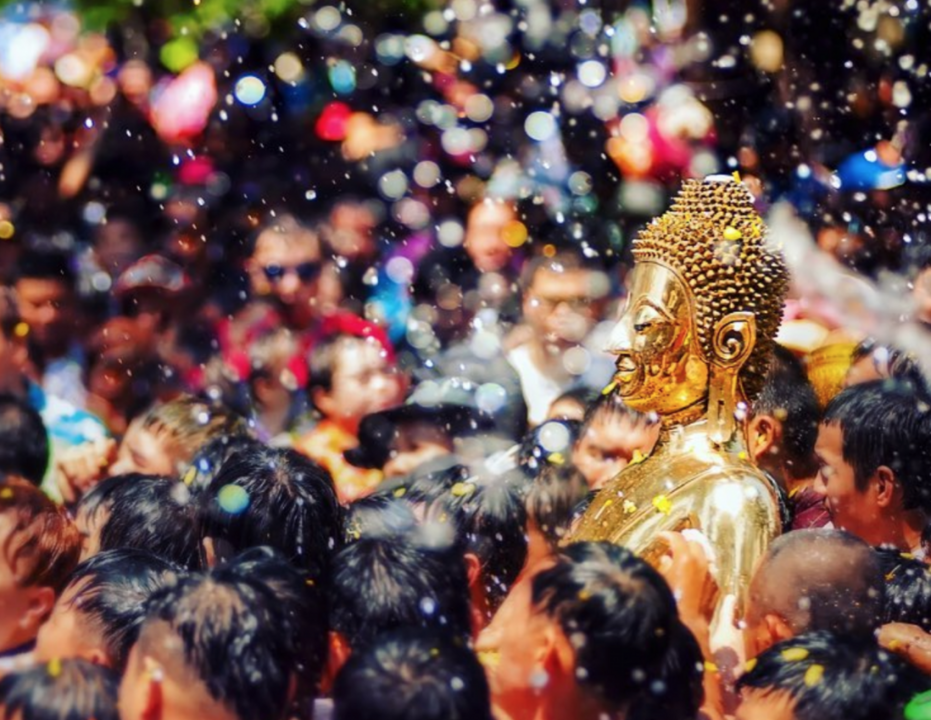
Songkran, the Thai New Year, is celebrated in mid-April with a water festival. People throw water at each other in the streets, symbolizing purification and the washing away of sins and bad luck. The festival also includes visiting temples, making merit, and paying respects to elders. Songkran is a time of renewal, joy, and community bonding.
Tet – Vietnam
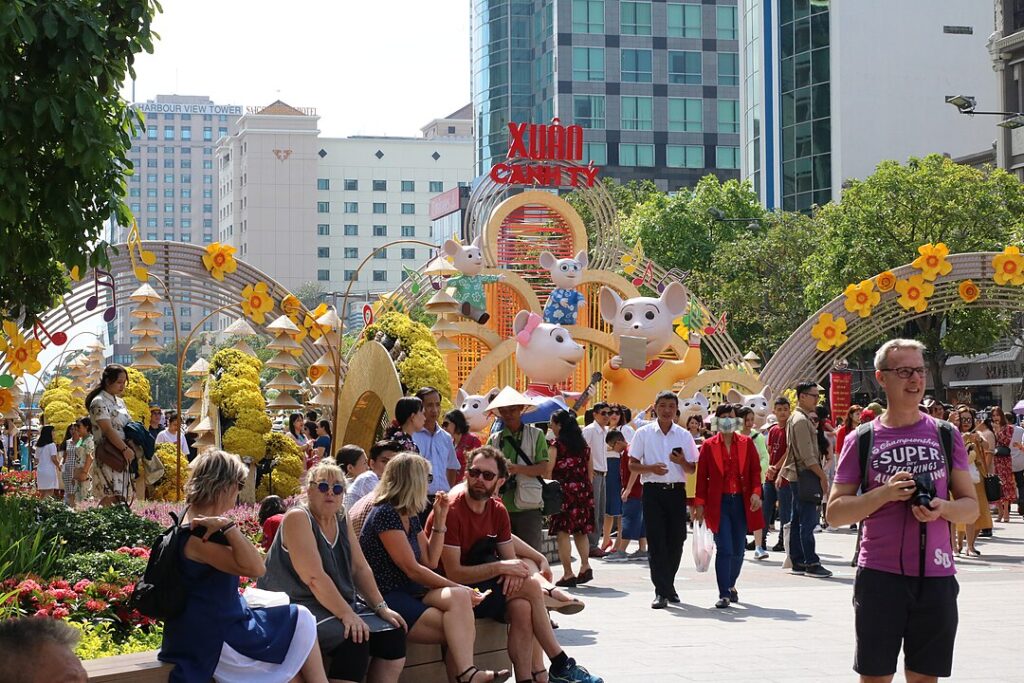
Tet Nguyen Dan, or Tet, is the Vietnamese Lunar New Year, celebrated in late January or early February. It marks the arrival of spring and is the most significant holiday in Vietnam. Traditions include family gatherings, special meals, ancestral worship, and giving red envelopes with money to children. Tet emphasizes renewal, family ties, and the hope for a prosperous new year.
Inti Raymi – Peru
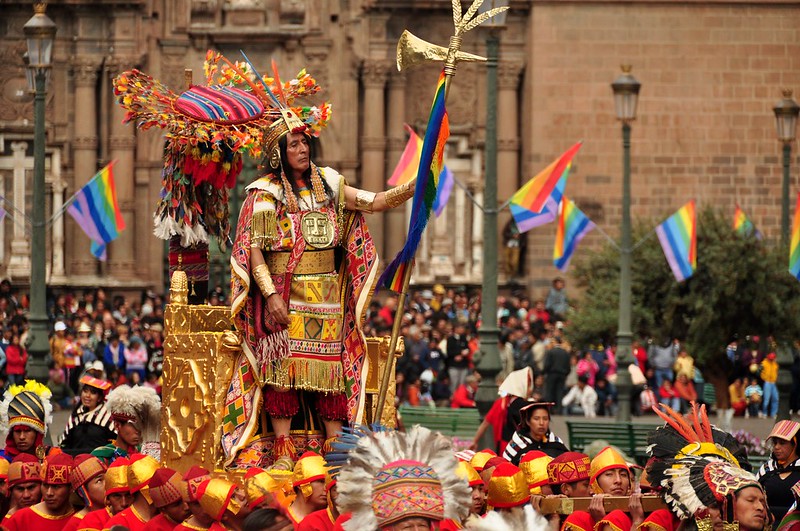
Inti Raymi, the Festival of the Sun, is an ancient Incan celebration held in Cusco, Peru, on June 24th. It honors Inti, the sun god, and marks the winter solstice. The festival includes elaborate reenactments, traditional music, and dances. Inti Raymi showcases Peru’s rich indigenous heritage and the deep spiritual connection to nature and the cosmos.
Hogmanay – Scotland
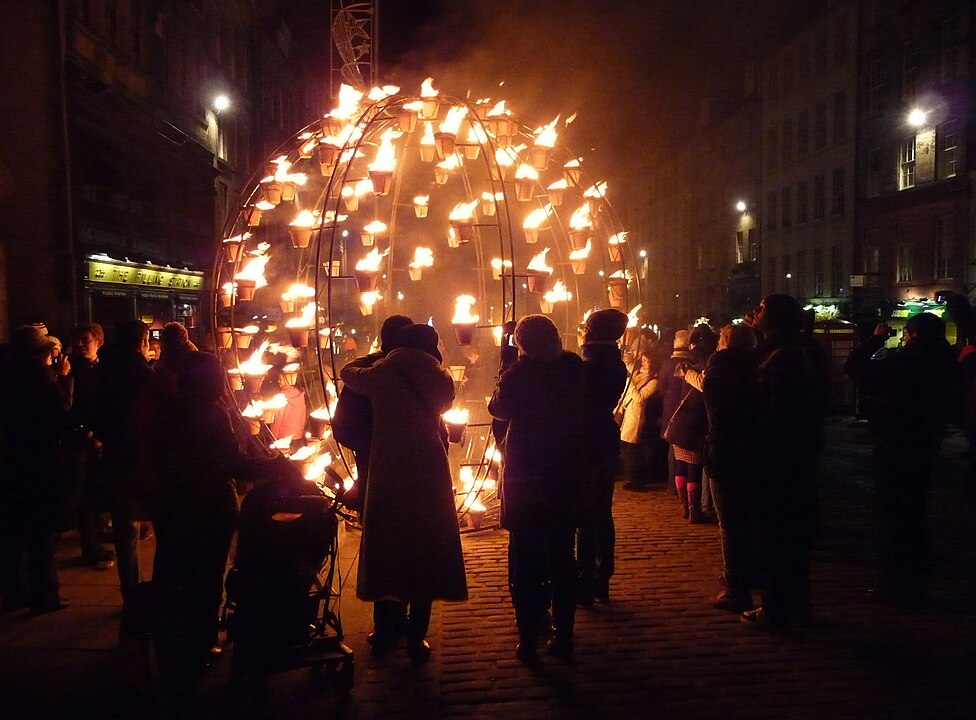
Hogmanay is the Scottish New Year’s Eve celebration, marked by street parties, fireworks, and the singing of “Auld Lang Syne.” Traditions include “first-footing,” where the first visitor to a home after midnight brings gifts for good luck. Hogmanay reflects Scotland’s unique cultural identity and the importance of community and celebration.
Kwanzaa – United States
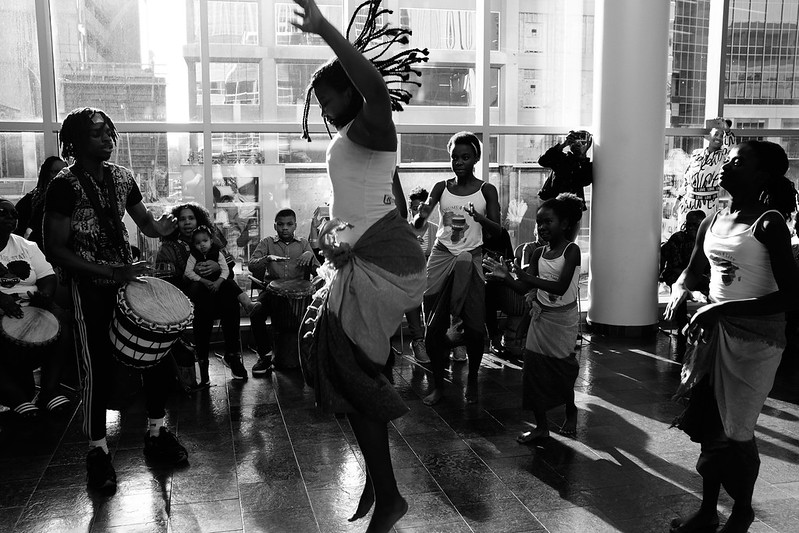
Kwanzaa is an African-American holiday celebrated from December 26th to January 1st. It honors African heritage and cultural values through seven principles: unity, self-determination, collective work, cooperative economics, purpose, creativity, and faith. Families light candles on a kinara and share stories and meals, emphasizing cultural pride and community.
Obon – Japan
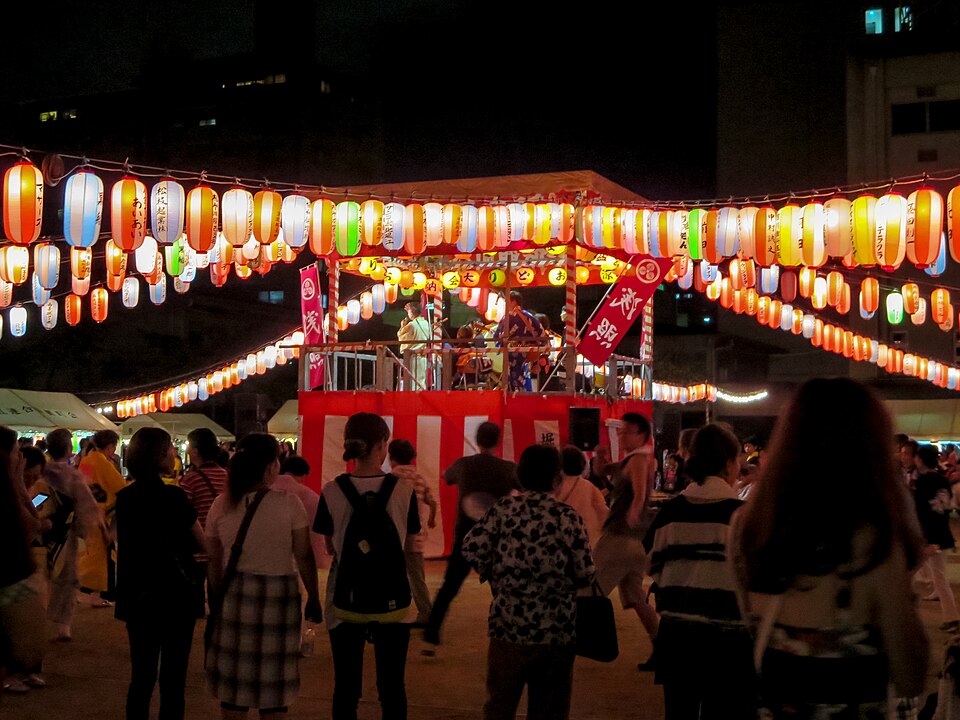
Obon is a Buddhist festival in Japan honoring the spirits of ancestors. Celebrated in mid-August, it involves rituals such as visiting graves, cleaning tombstones, and offering food. Lanterns are lit to guide the spirits back to the world of the living. Obon highlights the importance of family bonds, remembrance, and respect for the departed.
Yi Peng Lantern Festival – Thailand
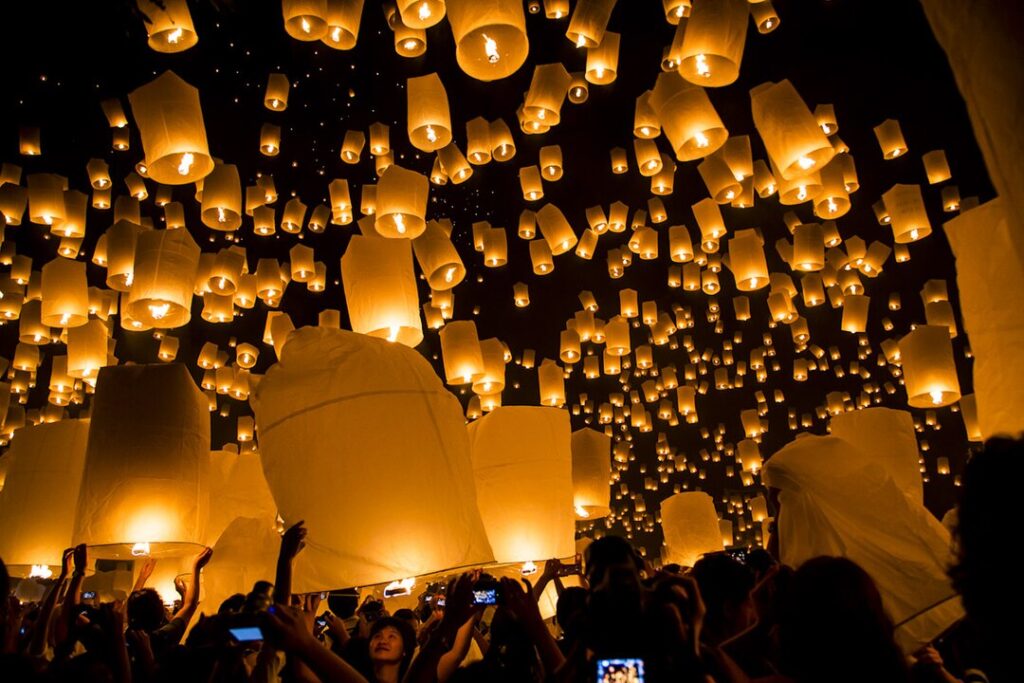
Yi Peng, held in northern Thailand, is known for its breathtaking display of floating lanterns. Celebrated in November, participants release lanterns into the sky, symbolizing the release of misfortune and the wish for good luck. The festival coincides with Loy Krathong, where people float decorated baskets on water. Yi Peng emphasizes renewal, hope, and the beauty of light.
Fasching – Germany and Austria
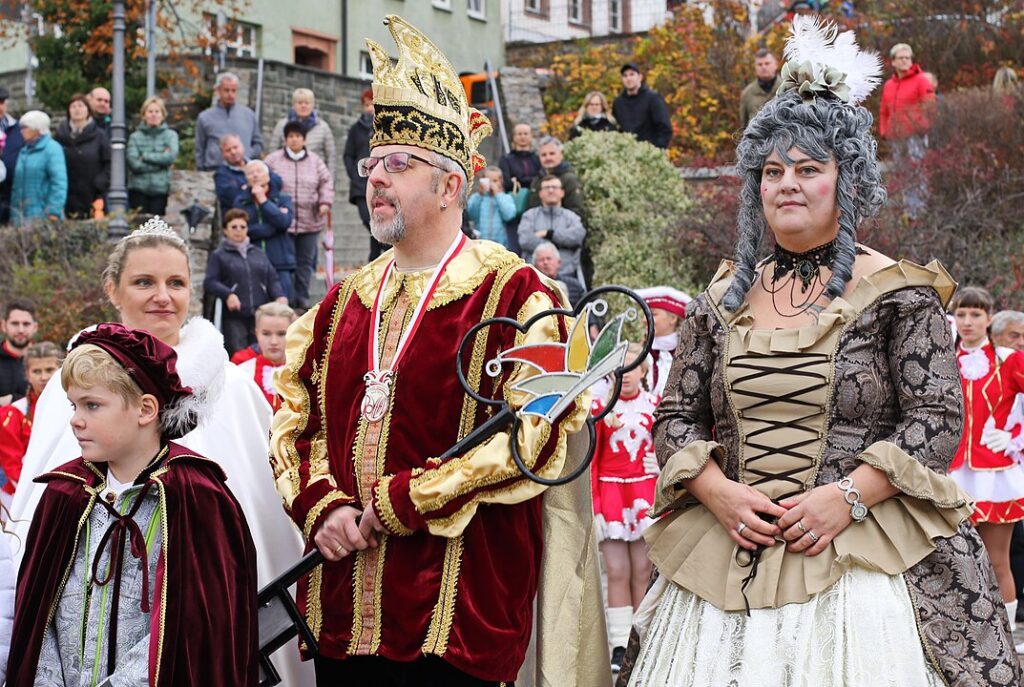
Fasching, or Carnival, is celebrated in Germany and Austria with parades, masquerades, and parties. It begins on November 11th and peaks in the week before Ash Wednesday. The festivities include humorous skits, elaborate costumes, and traditional foods. Fasching reflects the joyous spirit of pre-Lenten revelry and the rich cultural traditions of the region.
San Fermín – Spain
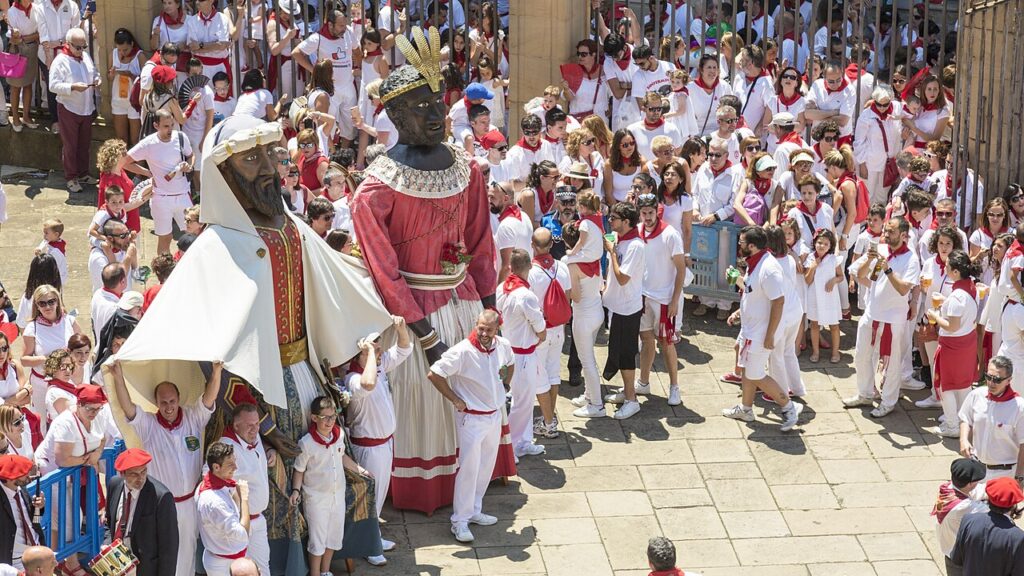
San Fermín, or the Running of the Bulls, is held in Pamplona, Spain, from July 6th to 14th. Participants run alongside bulls through the streets, followed by traditional music, dance, and fireworks. The festival honors Saint Fermín and showcases Spanish culture, bravery, and community spirit, drawing thrill-seekers and spectators from around the world.
Haka – New Zealand
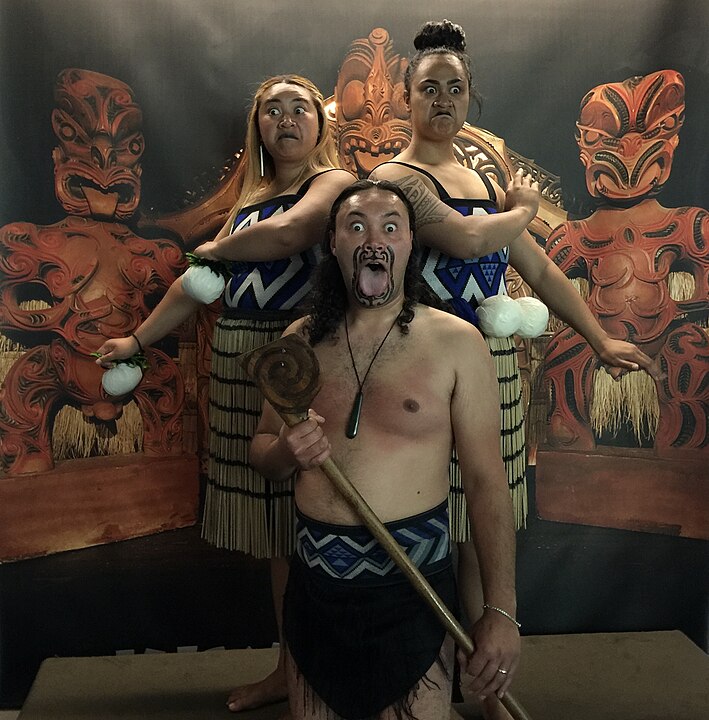
The Haka is a traditional Māori war dance performed to display a tribe’s strength and unity. It involves chanting, stomping, and rhythmic body movements. Today, it is famously performed by New Zealand’s national rugby team, the All Blacks, before matches. The Haka reflects Māori culture, pride, and the powerful expression of identity and community.
Las Fallas – Spain
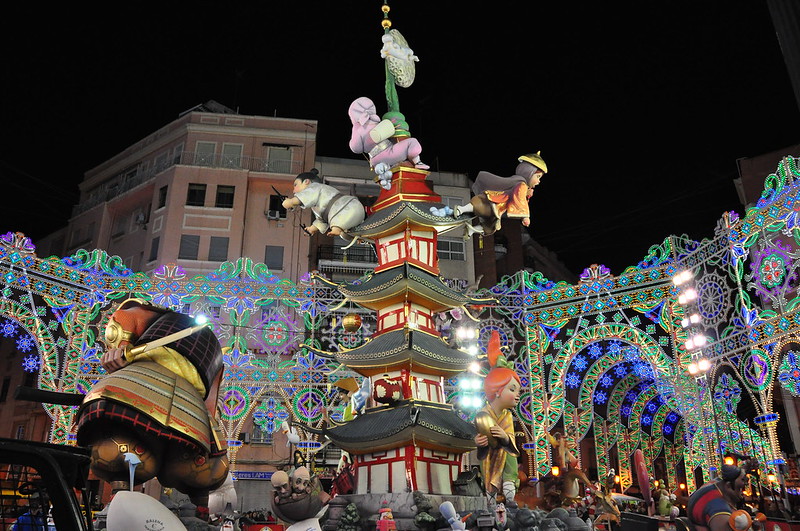
Las Fallas is a fiery festival in Valencia, Spain, held in March. It features the creation and burning of large, intricate effigies called “fallas,” which satirize current events and public figures. The festival includes parades, fireworks, and music, culminating in the “crema” when the fallas are set ablaze. Las Fallas celebrates creativity, satire, and the renewal of spring.
Eid al-Fitr – Muslim World
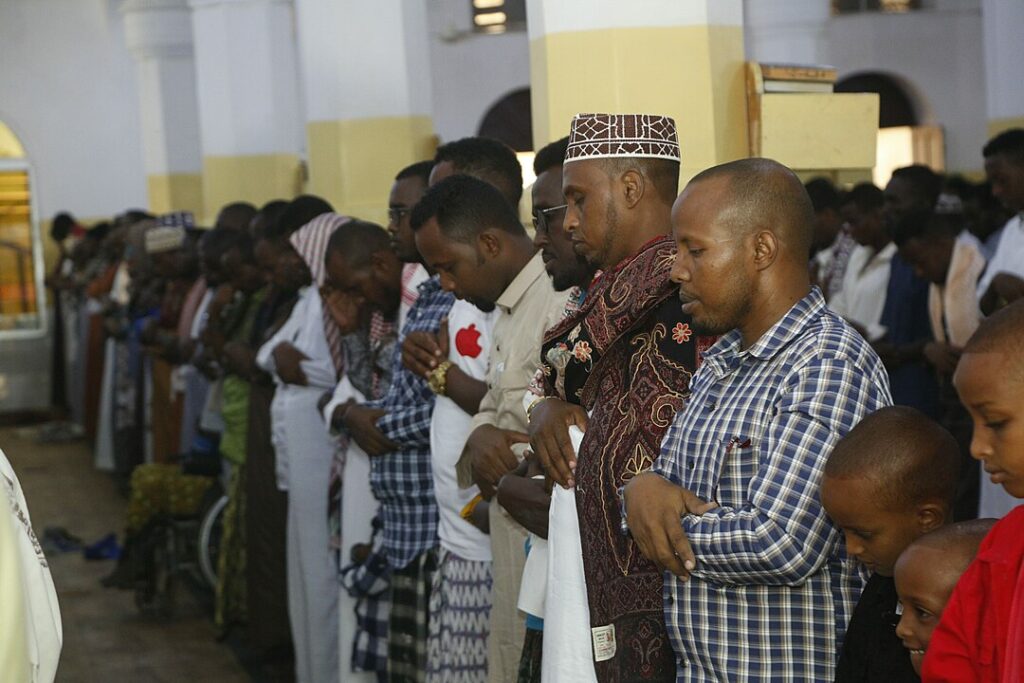
Eid al-Fitr, or the Festival of Breaking the Fast, marks the end of Ramadan, the Islamic holy month of fasting. It is celebrated with communal prayers, feasting, and giving of alms. Families gather to share special meals, exchange gifts, and express gratitude. Eid al-Fitr emphasizes community, generosity, and the joyous conclusion of a period of spiritual reflection.
This article originally appeared on UnifyCosmos.
More from UnifyCosmos
20 Poetry Collections That Belong on Every Bookshelf

Poetry is like a secret garden where every flower tells a story, whispering secrets about love, pain, joy, and everything in between. For those who love to explore the wonders of words, discovering a good book of poems is like finding a new friend who speaks the language of your heart. Read More
17 Popular Facts That Just Aren`t True

In a landscape crowded with misinformation, certain widely believed “facts” crumble under scrutiny. This article exposes 17 such misconceptions, revealing the truth behind these commonly accepted notions. Read More
24 Distinctive Cheeses and the Best Pairings for Each
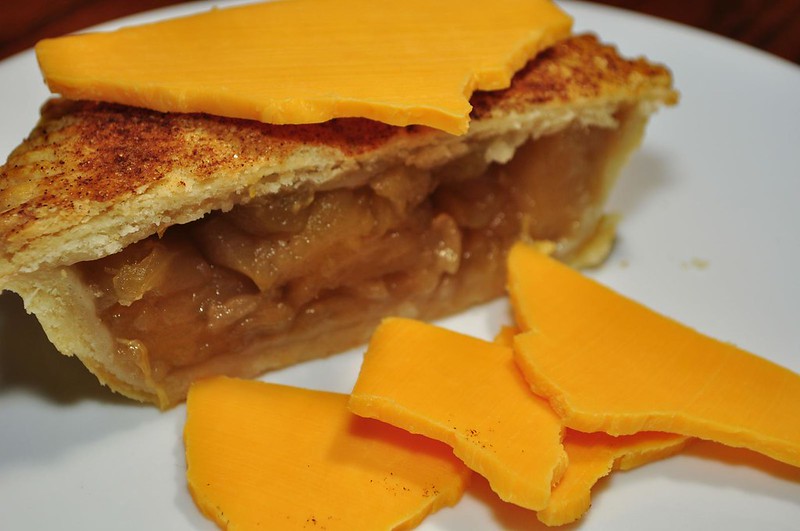
Cheese lovers know that the right pairing can elevate the flavors and create a delightful tasting experience. Whether you’re a seasoned cheese connoisseur or just starting to explore the world of cheese, finding the perfect match for your favorite varieties can be both fun and rewarding. Read More
Leave a Reply